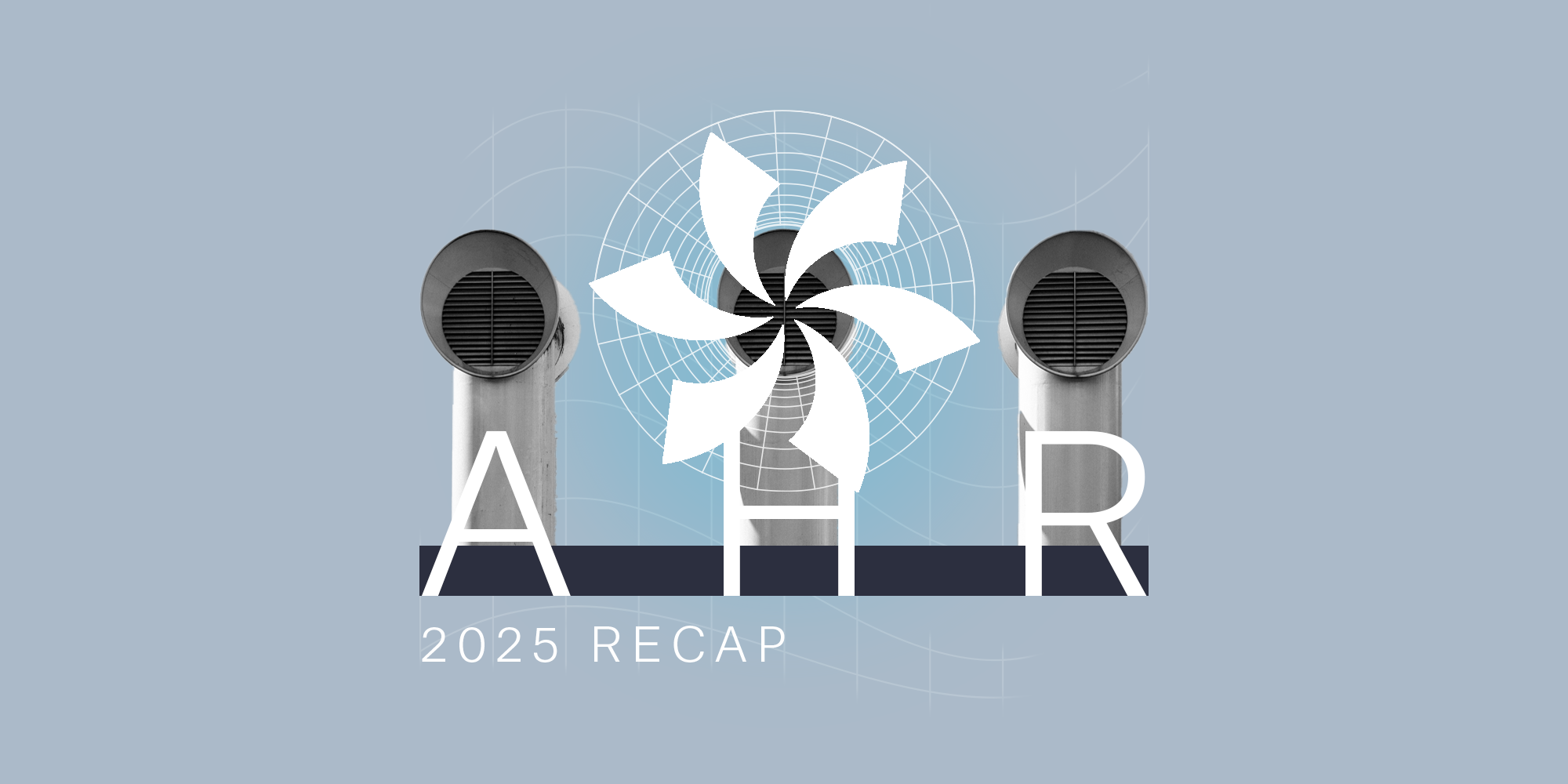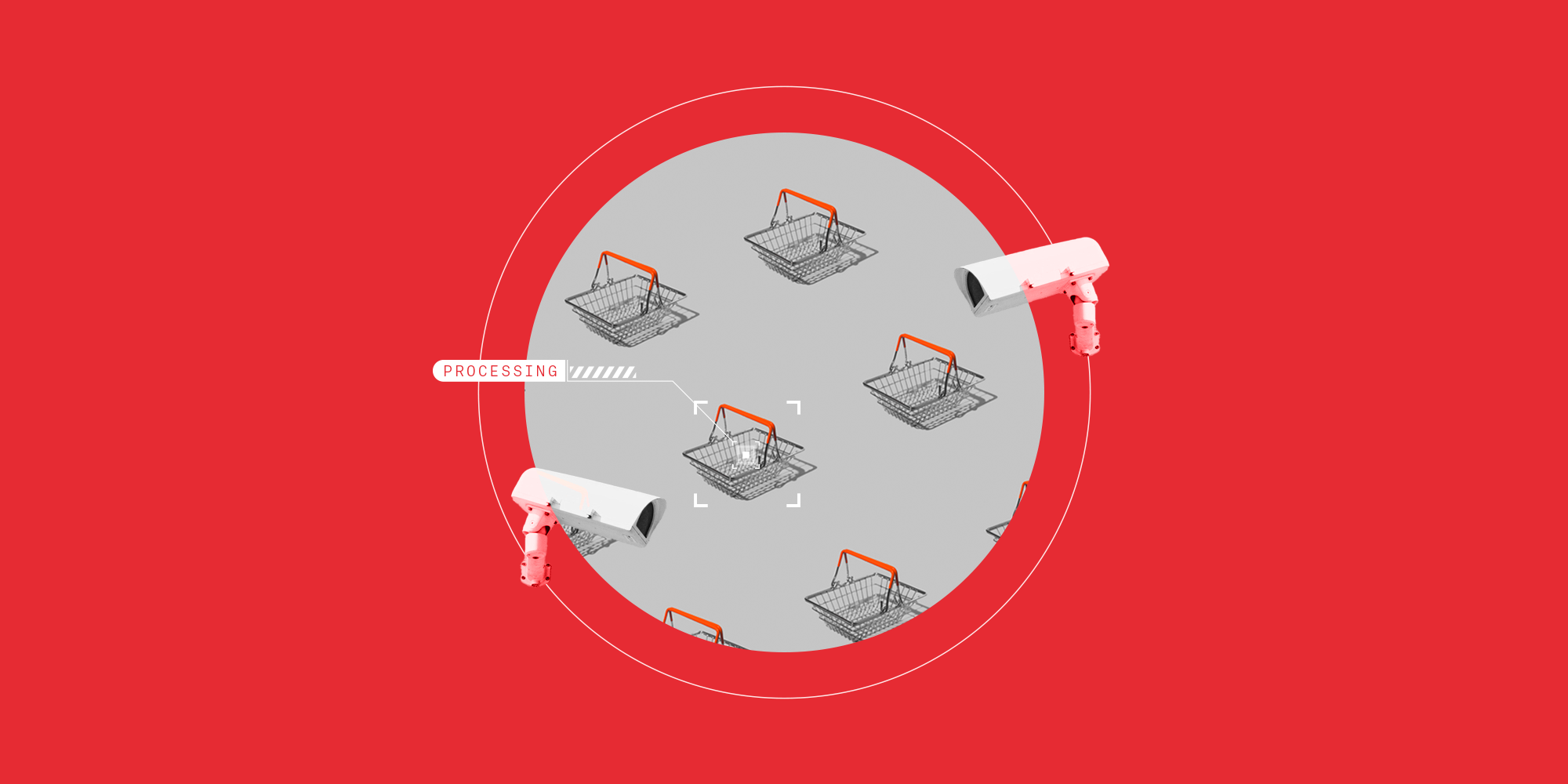Canada's leadership role in tackling climate change with AI
.png)
Key takeaways
- Canada has the tech and talent to successfully combat climate change.
- Our focus on weaving environmental protection and technological advances together is what sets us apart from other emissions reduction leaders.
- We need to take faster, more decisive action - particularly in the real estate sector - if we want to reach our emissions reduction targets.
- A holistic approach, including continued state-of-the-art research, more support for innovative startups, and smarter environmental policies, will help us affect truly meaningful change
Author
Sam Ramadori
Artificial Intelligence (AI) is a powerful transformational force. As you read this, it’s hard at work reshaping industries, economies, and societies - and perhaps even the future of our climate - at an unprecedented pace. And it’s this momentum that Canada should be using to channel AI into a force for positive environmental change.
Tech and nature : Canada's unique leadership position
Long before it was an AI pioneer, Canada was forging the path of environmental conservation and technological advancement - two legacies that are surprisingly strongly entwined. On the one hand, we’ve been at the foreground of technological breakthroughs for centuries. The Canadian Pacific Railway is a good example. As one of the most monumental technological achievements of its time, it captured the nation’s innovative spirit, overcoming notoriously challenging terrain by pushing the boundaries of engineering and technology, successfully using steam trains, track-laying machines, and innovative bridge-building techniques to physically unite Canada and Canadians from coast to coast.
Then we have the iconic figures such as Yoshua Bengio and Geoffrey Hinton, the “godfathers of AI”, who epitomize the country’s extensive contribution to the AI revolution. We also boast world-class universities, research institutions, and innovation hubs specializing in AI, including the likes of Mila (the Quebec AI Institute), the Montreal AI Ethics Institute, and the Vector Institute for Artificial Intelligence in Toronto. In fact, for a nation of its size, Canada is notorious for punching above its weight when it comes to tech talent and the foundation of cleantech start-ups.
On the other hand, Canada's vast and varied landscapes, from the rocky beaches of Newfoundland to the temperate rainforests of British Columbia, inspire a certain duty to protect our environment. It’s almost natural, then, that the country has come to weave together tech and nature to balance technological aspirations with a deep respect for its natural heritage.
And it’s this dual legacy that makes Canada's current position – at the intersection of AI and environmental sustainability – both unique and fitting.
Sounding the alarm : Fighting Canada's building emissions
The world is growing wise to technology’s potential to combat climate change challenges. Countries like Finland and Singapore, for example, are investing heavily in technological solutions for sustainability – particularly in power generation. Canada's approach is more holistic. While a lot of countries focus on isolated AI solutions or specific sectors, Canada's efforts encompass everything from academic research to start-up innovation and policy formulation to public awareness. This approach, together with Canada’s commitment to technology and environmental conservation, highlights the nation's leadership role at this pivotal time in history.
I say “pivotal time” because we’re at a make-or-break moment in our response to climate change. Heatwaves are hitting with greater intensity. The Rockies’ glaciers are receding, and wildfires are tearing through our landscapes – all due to climate change. But it’s not like we’re sitting on our hands. In fact, Canada is unquestionably a trailblazer in sustainability, placing 14th in the 2023 Green Future Index. Yet we’re still experiencing a disquieting increase in emissions.
Possibly the most notable thing about this surge in GHGs is that almost two-thirds of it can be attributed not just to oil and gas production, but our own buildings. It's a kick in the gut, especially since we've invested so much into the creation and adoption of clean technologies and environmental policies. And they’ve been shown to be effective, too. But still, our numbers continue to climb.
Ironically, one reason our buildings are coughing up more carbon is due to the effects of climate change. Increasingly chilly winters and scorching summers have us cranking up either the heating or the AC – further fuelling the cycle of emissions and intensifying the problem.
The need for speed : AI as a catalyst for environmental change
Of course, it’s clear our planet is rapidly changing. In turn, meeting our climate commitments has become increasingly urgent. Yet, amidst this exigence, Canada is seeing impressive advancements in technology and, more specifically, AI.
We’re currently seeing this increase in innovation in cities across the nation. Researchers at the University of Prince Edward Island (UPEI), for instance, are using AI modelling to alert farmers to crop risks due to increasingly unpredictable weather. Then there are local companies like Montreal-based Scale AI, which works with grocery stores such as Save-on-Foods to recognize purchasing patterns, predict demand, and reduce food waste.
These aren't just exploratory experiments; they’re decisive proof that AI can reshape our urban landscapes, reduce emissions, and create a more sustainable future. Organizations across the board are recognizing this, leading to the hungry adoption of new and automated processes in even the most traditional of industries like real estate. The results of this adoption are unfailingly satisfying; optimized energy consumption, fewer emissions, greater equipment life – the list continues.
The increase in tech adoption is critical for our climate. In Canada alone, our buildings account for almost one-fifth of the nation’s emissions, so the advantages of AI-driven building solutions could have a big impact (with relatively little upfront costs) on meeting the nation’s emissions reduction goals.
Public, private, and policy : A holistic strategy to combat climate change
But these advancements can’t thrive in isolation. Increasing awareness and public education on the advantages of AI adoption is also crucial. That’s because it’s only through ongoing efforts to nurture a culture of environmental and technological understanding, curiosity, and responsibility that Canadians can really be prepared to support the nation’s progress.
Naturally, the private sector's role is also vital. Quite a few Canadian startups are already harnessing AI for environmental solutions, from optimizing energy consumption in real time to predicting forest fires. But robust environmental policies and incentives are needed if we truly want to see the widespread adoption of these solutions.
Government grants, tax breaks, and incentives are essential. They work to fortify our startup ecosystem and drive innovation at a grassroots level. That’s why, in providing regulatory frameworks and financial support, the Canadian and provincial governments play a crucial role in cultivating a thriving AI ecosystem that supports sustainable cities.
Delaying the establishment of these frameworks and support systems has consequences; we’ll not just fall short of our environmental targets, but our capacity to drive global climate action will also decrease. It’s therefore only by cultivating a healthy collaboration between AI research, industry innovation, public awareness, and supportive policies that Canada can truly be an effective environmental steward.
Bracing for impact : AI's momentum and necessary guardrails
With this in mind, Canada's ambition to make its mark on the global sustainability stage hinges on a holistic strategy that’s intertwined with AI. That’s because AI-driven interventions, with their unparalleled, instant data processing abilities, are crucial to effectively reach our climate goals.
However, amidst this exuberance, a note of caution is necessary. Calls for the measured and regulated deployment of AI, and generative AI in particular, must be considered. After all, AI has undeniably powerful (positive and negative) transformative potential. If it didn’t, we wouldn’t be seeing a global move towards legislating AI or efforts to impose guardrails on AI's deployment in the field. These regulatory moves only work to underscore the urgency for top-down action to move the needle on AI for good.
Canada at the nexus: Marrying AI and sustainability for good
And this is where Canada currently finds itself: At a crossroads between complacency and innovation. As AI’s development continues to pick up steam, challenging our conventional timelines and trajectories, now is the time for the nation to really focus on knitting together policy, public education, sustainability, and technology. With the right combination of urgency, innovation, and leadership, Canada will truly be poised to lead the world toward its environmental goals.














